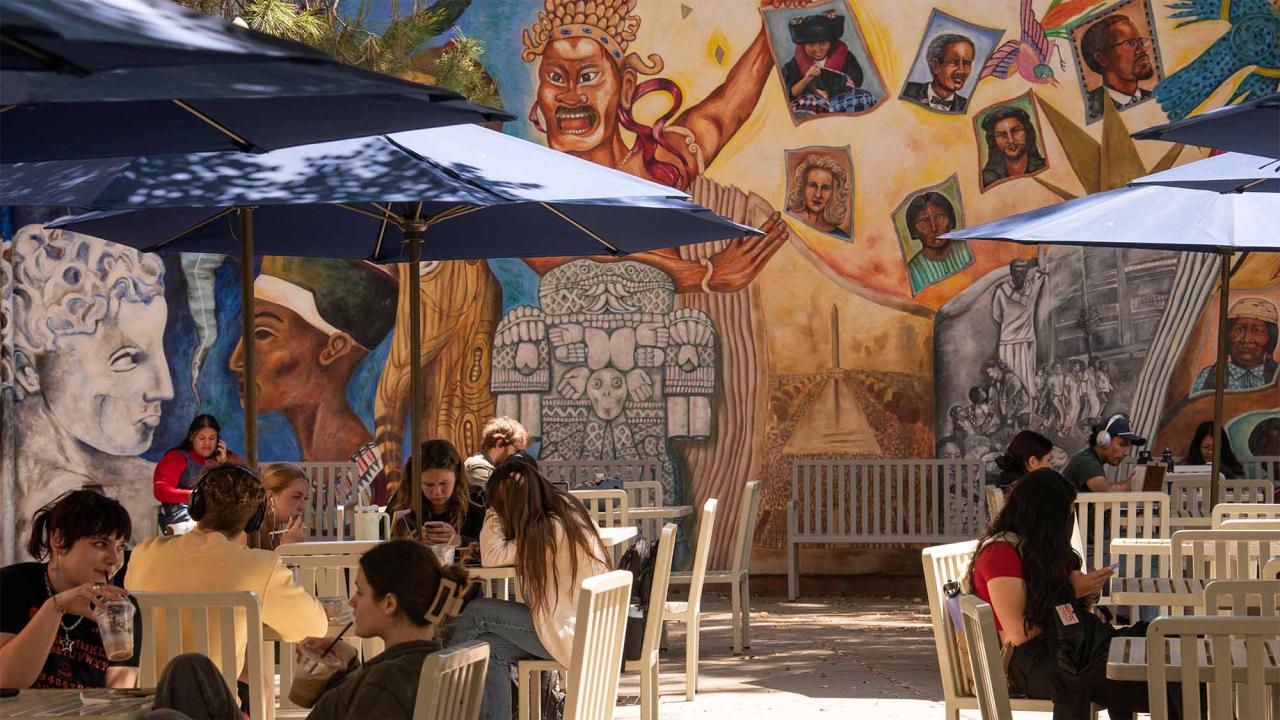As we mark the 70th anniversary of the Brown v. Board of Education decision, what could have been a celebration should instead be a national reckoning. Decades later, we are failing to allow every student from every socioeconomic, ethnic and racial background to succeed. The ongoing debate about college admissions often ignores the reality that educational opportunities are still separate and unequal in the United States.

It is perhaps tempting to think of school segregation as a problem of distant history or in a particular region of the country, but the inequity of segregation persists today from coast to coast. Segregation still haunts our schools, and students across the country are still being denied an equal-opportunity education.
In 2022, over 8.4 million Black and Latinx students attended public schools over 90% minority and 15% of students of color attend “apartheid schools” where non-white students make up 99% of the student body.
Even here in California, the problem persists. In our state, 51 percent of Black students attend intensely segregated schools. By some measures, California is the most segregated state for Black and Latinx students.
Just as Plessy v. Ferguson offered a false promise of “separate but equal” services, today’s segregated schools continue to perpetuate disparate funding. The Education Trust found in 2022 that districts with the most students of color received an average of 16% less funding than predominantly white districts. That means fewer dollars for advanced classes, better-prepared teachers, and guidance counselors to help students transition to higher education.
Championing diversity
At UC Davis, we are committed to creating opportunities for students from every background.
We recruit, admit, and support ethnically and economically diverse students on our campus. We encourage these students to apply and provide tools to navigate the complex admissions process that deters so many first-generation students. We provide spaces like cultural centers to reinforce belonging and connect them with mentors who will understand the challenges they face and unlock their potential.
We champion the interconnected truths that diversity does not compromise excellence, and that excellence cannot exist without diversity. We reflect the will of the majority of Americans, who understand that integrated, diverse schools better educate all students and promise social mobility that will propel our economy and strengthen our communities.
We stand against the climate of “diversity adversity” championed by those who, in an irony as tragic as it is absurd, are now critiquing inclusion to undermine the confidence of diverse student bodies. Their bad-faith arguments against inclusion wrongly suggest that diversity efforts mean admitting students who are not qualified.
Here at UC Davis, we see that building a diverse class works even at the most challenging levels of education. Our School of Medicine uses a holistic admissions model that pays attention to the lived experiences of prospective students. Our process — the Davis scale — considers not just the destination where the students have arrived but the challenges they faced on the road to get there.
We’ve built the most economically and ethnically diverse School of Medicine in our history, with almost half of our students belonging to groups historically underrepresented in medicine.
We’re graduating doctors who look like California, serve California, and inspire future California students to believe they can achieve their dreams.
The power of education
Attending college is one of the most important drivers of social mobility for Black, Hispanic, and first-generation students. While we cannot directly address the underlying causes of continued segregation in K-12 education, ranging from gentrification to Supreme Court decisions, higher education leaders do have the power — and responsibility — to ensure that universities offer every qualified student the opportunity to build the improved income, health, and civic engagement a college education provides.
We can begin to fully deliver on the promise of Brown v. Board.
This is all deeply personal. Despite the vitriol students faced when they integrated schools, my mother was among the first Black students to attend the University of Missouri in the 1950s.
She never forgot the doors that opened for her when the university opened theirs. Even though segregationists wanted her to think she was inferior, my mother never believed it, and she taught generations of kids in integrated schools that there was no limit to their potential.
To my colleagues in higher education, I say that our great educational institutions must share my mother’s faith that every student deserves the opportunity to succeed academically and in life.
To prospective students, apply to the schools of your dreams. I offer the same advice my mother refused to let me – or generations of students – ignore. She told me no one could constrain my dreams without my consent, and no one could limit my potential.
And no one should limit yours.
